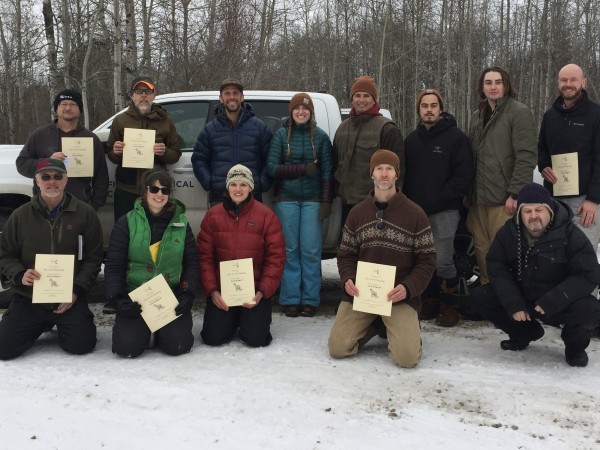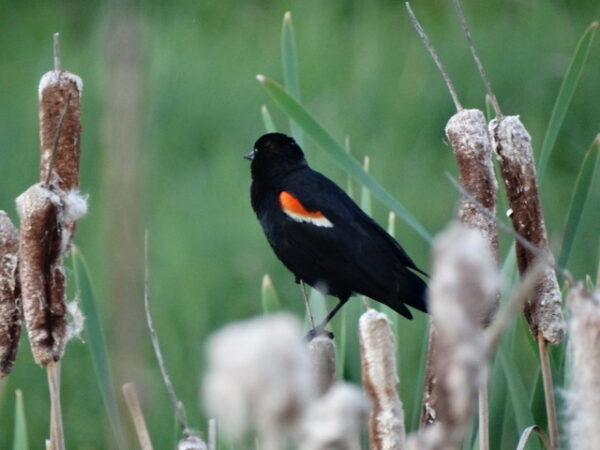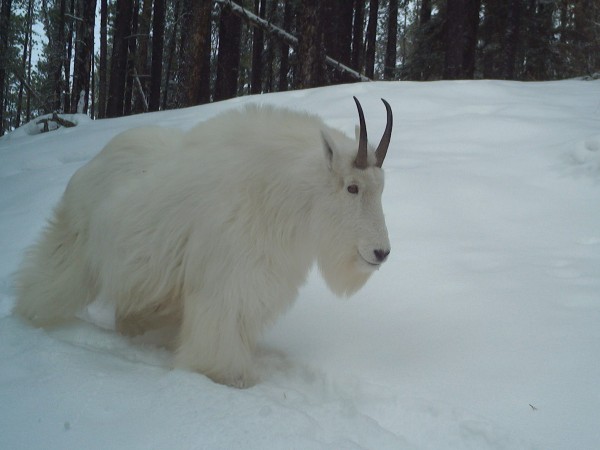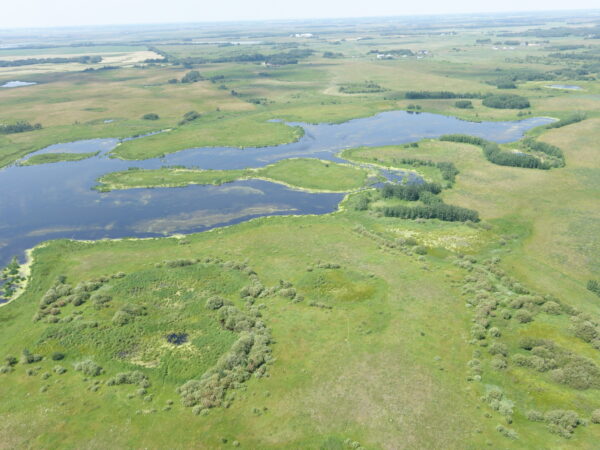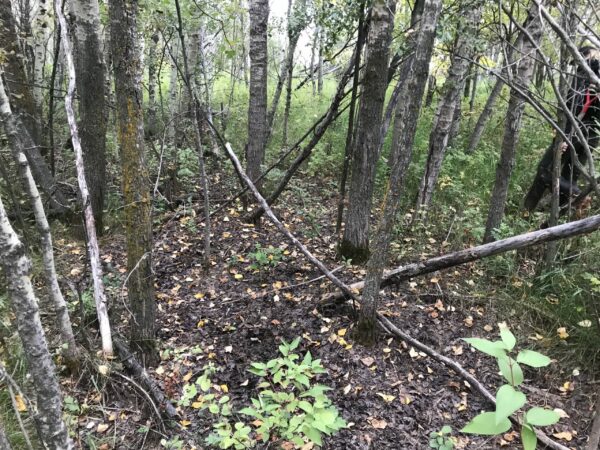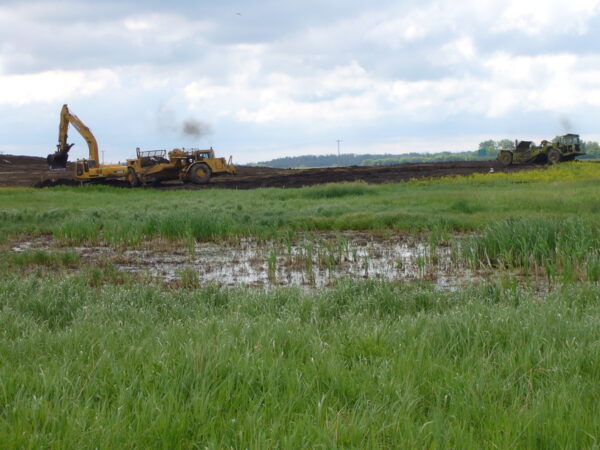The stealthy killer. The elusive predator. The cat that can deliver a killing blow before even being seen. Rhetoric surrounding the cougar (Puma concolor) often paints it as a ferocious beast of the forest, ruthless and fearsome. The relationship between cougars and humans has been, and continues to be, a rocky one; with ongoing conflict being documented by North American farmers and hunters for as long as they have colonized the west. Historical accounts and our culture’s thirst for the dramatic have greatly shaped the modern perspective surrounding the mysterious big cat, and though they are predators which are capable of threatening livestock, pets, and humans, cougars probably aren’t as menacing as they are portrayed in the media. Creating positive co-existence in cougar country is complicated, but it is possible with increasing knowledge, respect, and conservation efforts by scientists and the general public alike.
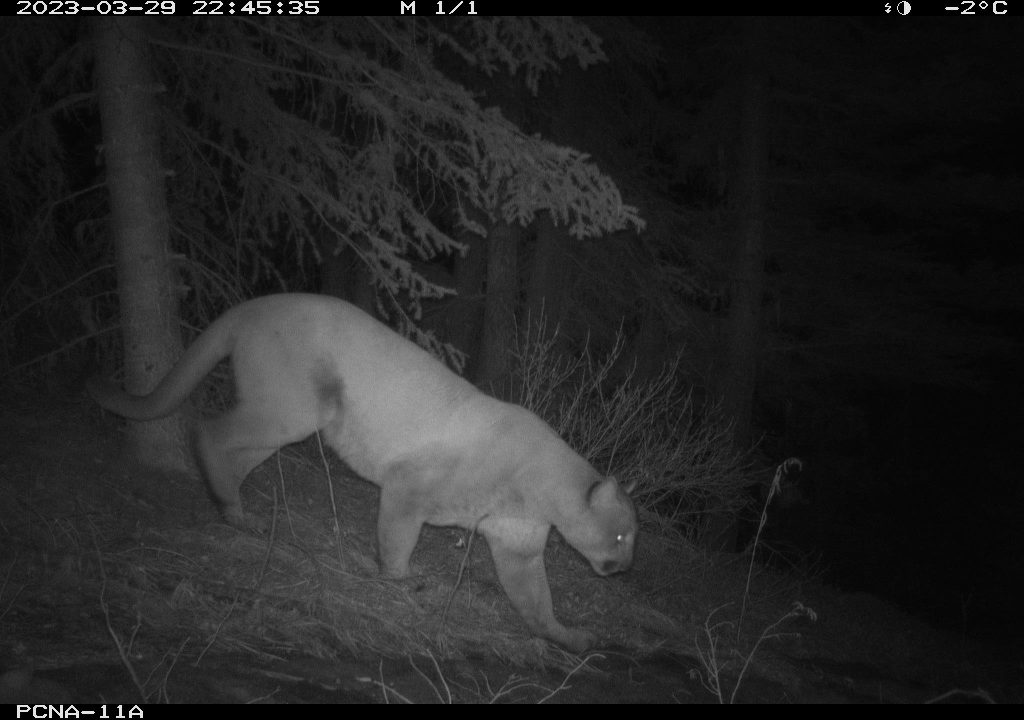
A highly contentious aspect of cougar-human relations is the hunting of cougars, for sport, for bounties, and as a safety tactic to eliminate cougars near human residences. Bounty hunting cougars was a promoted practice in Alberta until 1971, when they were declared a big game species. As a result, the cougar population has been recovering ever since (GOA 2019). Some think that hunting is an effective way to control cat numbers and limit attacks, as well as create a fear of humans that will drive cougars away.
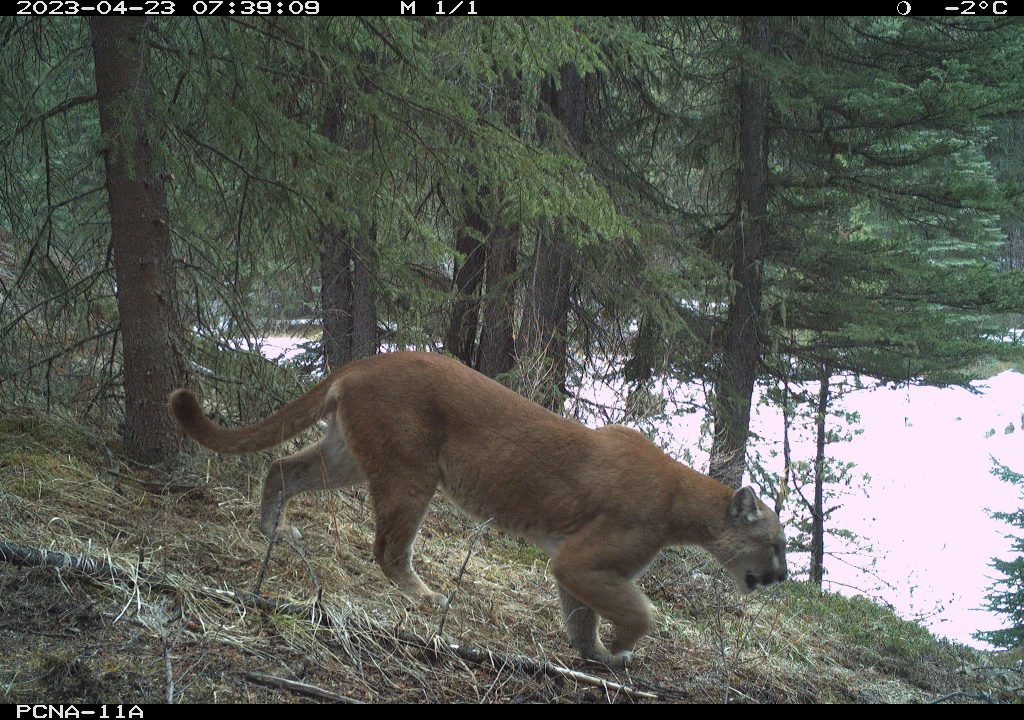
However, others argue that hunting cougars actually creates the possibility for more attacks. The cougars that are hunted by sport hunters are likely to be large and older adults, as these make the best “trophies”. Wherever large adult cougars are successfully killed, young more volatile cougars will move in to inhabit their territory, increasing the likelihood of an altercation. Younger cougars are known to be more unpredictable, so the elimination of the older population creates space for cougars that could be more dangerous to humans (Elbroch 2020). Whether hunting is an effective means of limiting cougar attacks is a topic that will continue to be debated among those who create management plans. Other alternatives such as subsidizing funds for creating livestock enclosures and infrastructure to deter cougar interest has been proposed by those against hunting (Elbroch 2020).
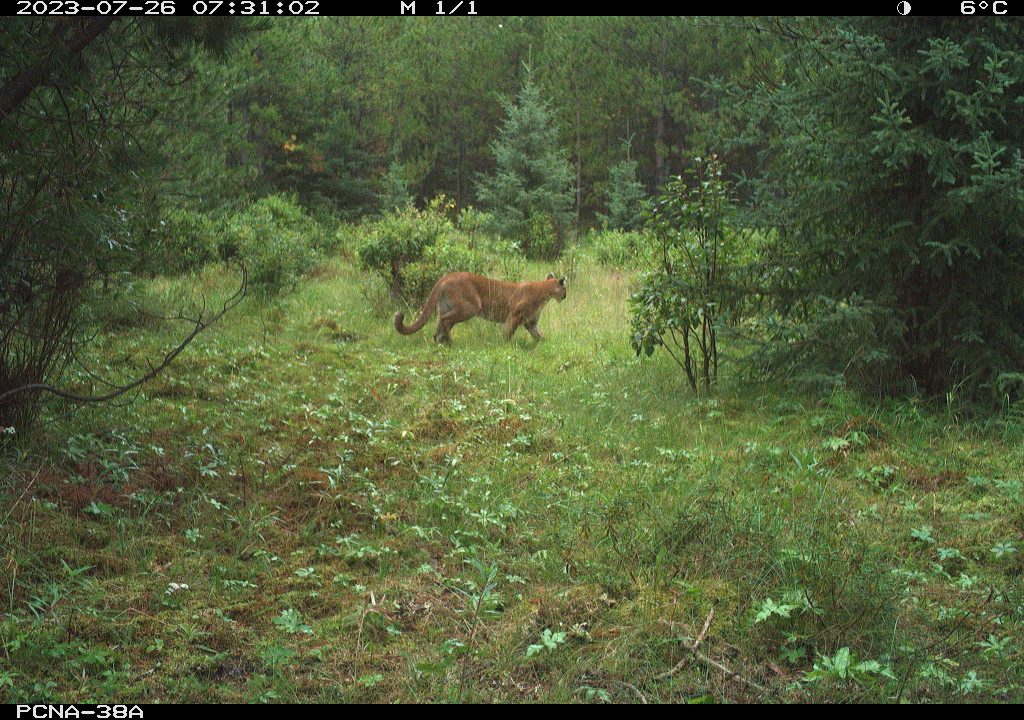
In cases where humans come across cougars while recreating outside, there are a few outcomes that occur. Though there have been people who have died as a result of cougar attacks, the probability of a cougar attacking is fairly low. A study which reported on cougar occurrences from 2000-2018 in Bow Valley Alberta found that 24% of interactions (73/311 occurrences) saw cougars retreating without violence (GOA 2019). The second most frequent occurrence 22% of the time (67/311) was cougars being unaware that they were even spotted by humans, displaying a large proportion of interactions that were non-violent and very passive (GOA 2019). Only 2 out of 311 occurrences (0.6%) were charges at people, neither of which made contact (GOA 2019). While cougar attacks still occur, the data collected demonstrates that cougars are much more likely to retreat than to attack, contrary to their depiction in the media. The stories of cougars actually attacking are the ones which are reported on, causing a disproportionality in how their behaviour is displayed through news.
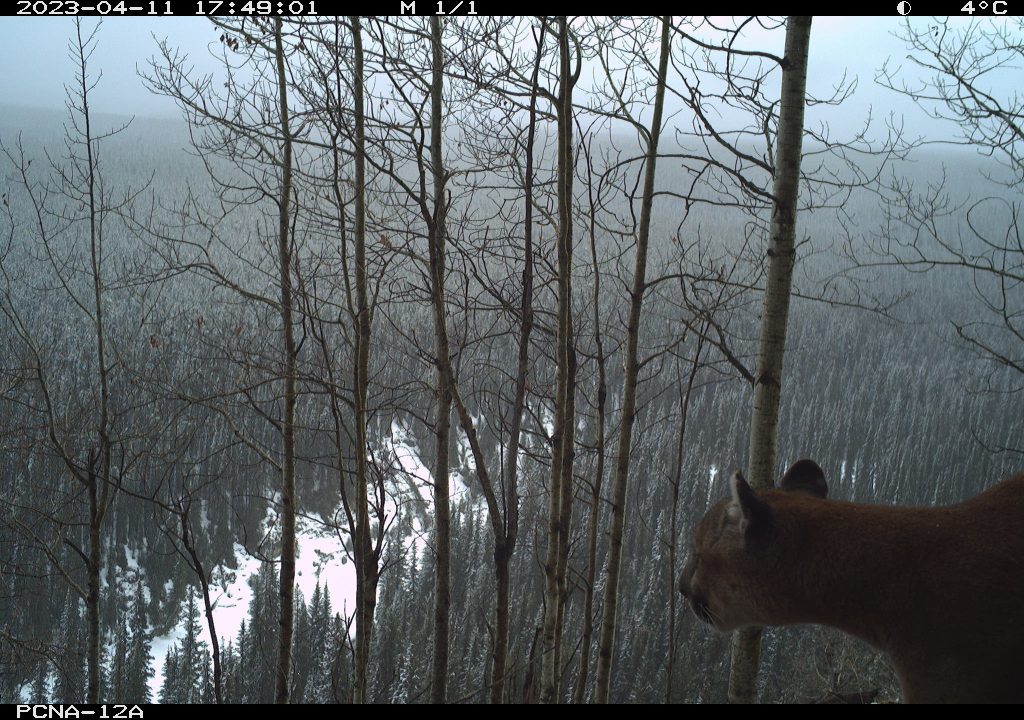
Living in territory also occupied by cougars can become a delicate game of policy and personal decisions to promote the safety and livelihood of both humans and cougars. Co-existence comes not just from regulatory decisions, but also through public education on safe behaviour. Being aware of surroundings when recreating and understanding what to do in the event of a cougar attack are ways to reduce risk of injury. For urban areas near cougar occupied territory, proper infrastructure and discouraging behaviours, that promote prey to move closer to urban areas, such as feeding deer, are ways to reduce the chances that a cougar will stake out nearby. Many people will never get an opportunity to see one of these elusive cats in the wild, but the continuation of co-existence efforts is important to promote conservation of the species which exist around us.
Big Cat on Campus was researched and written by Bria Griffin
References
Elbroch, Mark. 2020. The Cougar Conundrum: Sharing the World with a Successful Predator. Island Press, Washington DC. USA.
GOA (Government of Alberta), “Cougar Occurrence Summary 2000 – 2018.” Alberta.ca, Environment and Parks, Oct. 2019, https://open.alberta.ca/dataset/314e2bdd-08c0-48d0-bc21-2f871b04af71/resource/bc5f7c93-80bb-4c79-a382-03eefe6b63da/download/aep-cougar-occurrence-summary-2000-2018.pdf Accessed 17-18 Apr, 2024
Kertson, Brian, Scott McCorquodale, Donny Martorello, Chuck Anderson, Anis Aoude, Rich Beausoleil, Mick Cope, Mark Hurley, Bruce Johnson, Glen Sargeant, Stephanie Simek, 2024. “Human-Cougar Interactions Science Review Team” WDFW Human Cougar Interactions Science Review, https://wdfw.wa.gov/sites/default/files/publications/02296/wdfw02296.pdf . Accessed 18 Apr, 2024
